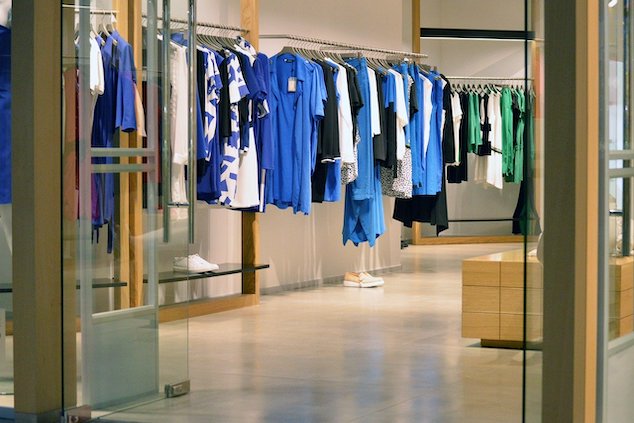
Changing and updating a retail display is an integral part of any retailer’s business plan. If your current display inventory does not align with customers’ needs in a particular area, it can cause both lost revenue and customer dissatisfaction. A well-designed merchandising plan should include plans for changing and updating displays as needed.
How Do Retail Stores Display Products?
An adequately designed merchandising plan will ensure that each product on your shelves meets your customers’ needs. Some products will sell better if they are grouped together, while others sell best if they are scattered throughout the store. In addition, you will need to decide what kind of lighting or color schemes you should use to attract attention to certain types of merchandise. For instance, if you sell office supplies, you probably don’t want to place those items near home goods.
Why Are Displays Important?
Every product carried by a retailer has two primary purposes: It needs to be available when customers want to buy it, and it needs to be attractive and enticing when they find it. The last thing you want is for someone to come into your store, see empty shelves, and think, “Why to bother?” Customers like to feel that your stores are organized so that there are plenty of things they can pick up without asking for help. They like knowing where everything is located, too. After all, this makes shopping easier. Displays play an integral role in helping consumers find products quickly. If you are looking for a supplier check out Valentino’s Displays.
What Are the Basic Display Types?
There are three basic types of displays used in retail stores today.
1. Fixed display: This large display hangs on the wall. You alter its overall appearance by adding or removing elements from the fixed display. You might choose to rotate the fixed display to face a different direction each day. This allows for maximum visibility for certain products and minimizes exposure for others. Another option would be to install a series of fixed screens to create several separate areas within the same space. Your employees could then direct interested shoppers towards one place over another. Always keep in mind that while fixed displays are ideal for displaying some products, they do not allow for much flexibility.
2. The pegboard display: We use these to hold our accessories on the walls of a store. The typical size is 15-18 inches high. They can support anything between 4 and 18 attachments. With this kind of versatility, they are perfect for holding items such as hats and keys. Picking up and moving a pegboard display can prove difficult, though. While they are great for holding smaller pieces of merchandise, they cannot handle weighty objects.
3. The rotating display: This is what most people associate with retail stores today. A rotating display is essentially a collection of modular units or panels that can be adjusted to any shape or configuration. Some shops will even arrange the sections as concentric circles allowing customers to browse through them one at a time or in small groups.
How Frequently Should You Change Them?
Depending on your industry and how much fluctuation there is in your store, you may choose to change out your displays periodically throughout the year. For example, let’s say that you own a chain of restaurants and your guests always request desserts. If this is the case, you should be changing out your dessert display at least once per month. On the other hand, if your location tends to fluctuate less and there aren’t any items on your list that people tend to order regularly, then you may not need to change your displays nearly as often.
Will This Increase Your Sales?
We understand that a new look can sometimes make shoppers uncomfortable. But what we don’t understand is why retailers never fully embrace the benefits of a new store layout. A new design can have multiple advantages:
- It helps draw attention to your brand and encourages shoppers to visit your store.
- It lets potential buyers know that you’re committed to offering them the best selection of products possible and that you care about customer service.
- It gives you the chance to test a new idea or experiment with a different approach to marketing.
- A well-thought-out, comprehensive redesign will enable you to attract more visitors during busy periods, give you the opportunity to showcase unique merchandise, and help increase sales while reducing costs.






